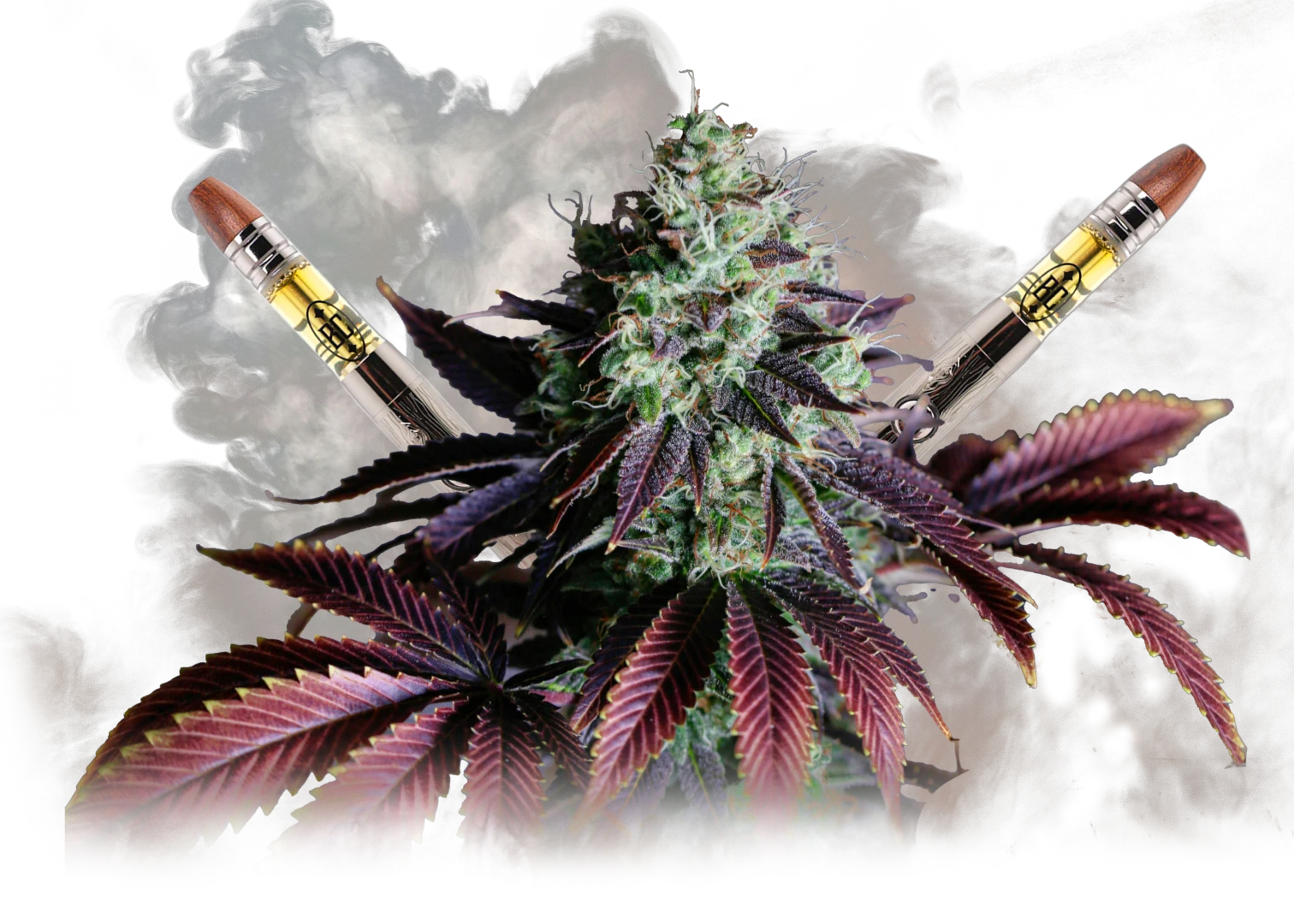Vape Pens
Vaping has become an increasingly popular alternative to smoking traditional cigarettes, offering users a variety of flavors and nicotine levels. Among the different vaping devices available, vape pens stand out as one of the most convenient and widely used options. But as vaping gains traction, questions arise about its effects—one of the most intriguing being: Do vapes have calories? In this blog, we will explore this topic along with other essential questions about vaping.
What is a Vape?
A vape, or vaporizer, is a device designed to heat a liquid into an aerosol that users inhale. Unlike traditional cigarettes, which burn tobacco to create smoke, vapes use a liquid called e-liquid or vape juice. This liquid typically contains a combination of the following ingredients:
- Propylene Glycol (PG) and Vegetable Glycerin (VG): These substances form the base of vape juice, responsible for vapor production and smoothness.
- Flavorings: Food-grade flavor additives give vapes their signature taste, from fruity blends to dessert flavors.
- Nicotine (Optional): Many vape juices contain nicotine, but there are also nicotine-free options for those who prefer just the flavors.
Vape pens, in particular, are portable and user-friendly devices that cater to both beginners and seasoned users. They come in various styles, including refillable and disposable versions, making them a versatile choice for those looking to switch from cigarettes.
Do Vapes Have Calories?
One of the most debated questions in the vaping community is whether vapes have calories. The answer lies in the composition of vape juice.
Breaking Down the Ingredients
- Propylene Glycol and Vegetable Glycerin: These ingredients are often found in food products and contribute to calorie intake when consumed. However, when inhaled through vaping, they do not metabolize in the same way.
- Flavorings: Vape juices contain food-grade flavoring, which does have calories when ingested. However, because vaping involves inhalation rather than digestion, the body does not process these calories in the same manner.
- Nicotine: Nicotine itself does not contain calories but can impact metabolism and appetite.
Caloric Intake from Vaping
While vape juice may contain calorie-producing ingredients, these calories do not contribute to weight gain since they are not consumed through digestion. Unlike food, which is broken down in the digestive system, the components of vape juice are inhaled, absorbed into the lungs, and exhaled, bypassing the metabolic pathways associated with calorie absorption.
Thus, while vapes technically contain caloric compounds, they do not contribute to caloric intake in a meaningful way.
Can You Bring a Vape on a Plane?
If you’re a traveler who vapes, you may wonder about airline regulations surrounding vape pens. Here’s what you need to know:
- Carry-On Requirement: Most airlines and aviation authorities, including the TSA, require passengers to carry vapes in their carry-on bags, not checked luggage. This is because vape batteries pose a fire hazard in pressurized cargo holds.
- Battery Regulations: Vape pens often contain lithium-ion batteries, which have specific rules regarding their wattage limits. Be sure to check with your airline to ensure compliance.
- Vape Juice Limitations: If carrying e-liquid, follow the 100ml liquid restriction for carry-on bags.
- Usage Restrictions: Vaping is strictly prohibited on airplanes and in most airport terminals. Always check with your airline and the country’s regulations before traveling with a vape.
Are Vapes Worse Than Cigarettes?
The debate between vaping and traditional smoking is ongoing, with research shedding light on the risks and benefits of both.
Comparing Health Risks
- Cigarettes: Contain thousands of harmful chemicals, including tar and carbon monoxide, which are major contributors to respiratory diseases, cancer, and heart disease.
- Vapes: Do not contain tobacco or produce tar, making them potentially less harmful than cigarettes. However, concerns remain regarding the long-term effects of inhaling vaporized chemicals.
Nicotine Dependency
Both cigarettes and vapes can contain nicotine, which is highly addictive. While vapes allow users to control their nicotine intake, dependency remains a concern, particularly among younger users.
Secondhand Exposure
Cigarette smoke is known to cause secondhand smoke exposure, which poses risks to bystanders. Vaping produces aerosol rather than smoke, reducing some risks, but the long-term impact of secondhand vapor exposure is still being studied.
Conclusion
While vaping is generally considered less harmful than smoking cigarettes, it is not entirely risk-free. Those who do not already smoke should avoid vaping, and smokers looking to quit should consider alternative cessation methods.
Final Thoughts: Should You Worry About Calories in Vapes?
If you are concerned about calorie intake while vaping, rest assured that the inhalation process does not lead to weight gain. The ingredients in vape juice may contain calories in their raw form, but they are not metabolized when inhaled.
For those looking to maintain a healthy lifestyle, vaping does not contribute to caloric intake like food and beverages. However, it’s always important to choose high-quality vape products and consume them responsibly.
Key Takeaways
- Vape pens are portable devices that allow users to inhale vaporized e-liquid, which contains propylene glycol, vegetable glycerin, nicotine (optional), and flavorings.
- Do vapes have calories? Technically, vape juice ingredients contain calories, but inhaling them does not contribute to weight gain.
- You can bring a vape on a plane, but it must be kept in your carry-on bag, and using it on board is prohibited.
- Vapes may be less harmful than cigarettes due to the absence of tar and tobacco, but nicotine addiction and long-term effects remain concerns.
Stay informed on details regarding Big Chief Vape, Fryd Vape and Muha Med Vape.
Checkout brief and helpful information on the various brands of our premium thc carts from our home page
Shop now, vape responsibly and enjoy premium quality of Big Chief Carts , Fryd Carts and Muha Med Carts.








